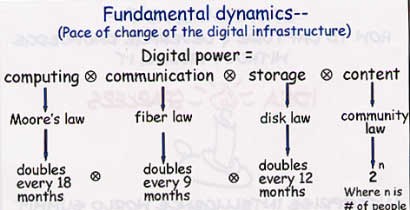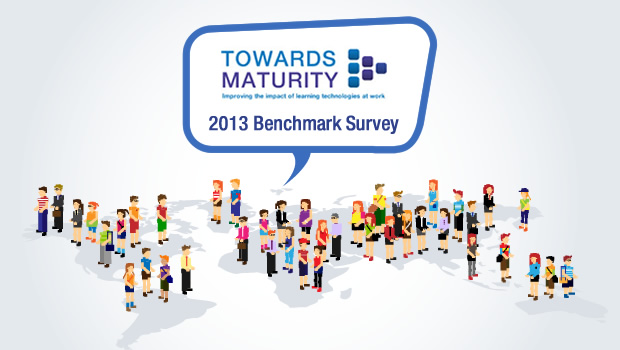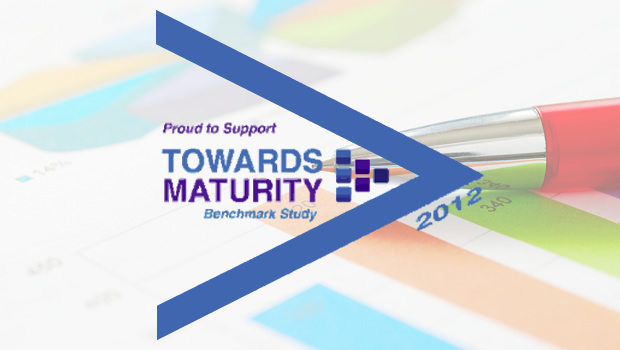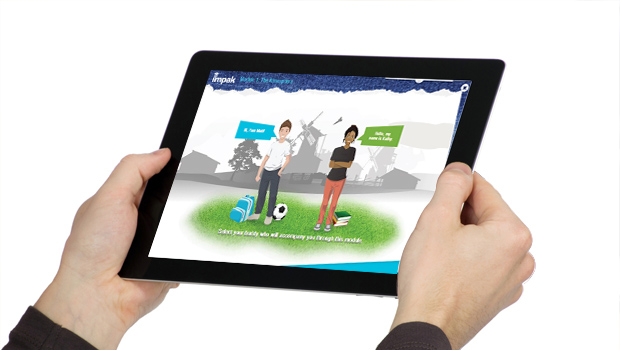The Learning Circuits Big Question this month asks –“What will the workplace learning technology look like in 2015”.
The question is inspired from a post by Derek Morrsion – Technology to Enhance Learning in 2015, quite an interesting post, a must read.
I can only wonder at the pace of change of technology that the world has seen in last decade. Various domains have their own pace of change – as this graphic from this article shows:

Did you notice the pace of change? It is governed by community law and it’s an astronomical number as more people join the community. Isn’t that what the Internet really is all about?
Here’s another interesting graphic from theequitykicker.com, which shows how much computing power we’ll be able to buy for $1000 in the years to come.

As you can see, by around 2025 that amount should let us buy equivalent of one human brain and by around 2050 an equivalent of all human brains! I share the two graphs just to emphasize that the pace of change will only increase and all our predictions about evolution of Learning Technology could come true sooner than later.
What have we witnessed in last 5 years?
Before I get into predicting what the future holds let’s look at what we have witnessed in the last 5 years:
- Acceptance of LMS systems (rightly or wrongly) to be the central piece in Workplace Learning strategy
- Establishment of Flash as the de-facto development platform for custom eLearning creation allowing use of streaming audio/video over the web
- Evolution of authoring tools like Articulate to become better & easier to work with reducing the cost of development
- Increase in capacity of mobile phones and networks to make them potent devices for learning bringing Mobile Learning on the horizon
- Emergence of social media (and reviewed focus on social and informal learning)
What can we expect in next 5 years?
So what can we expect in the next 5 Years? I think a lot more than what we’ve seen in the last 5 years or 10. Here’s what I think will happen:
1. Mobiles will become the platform of choice for workplace learning delivery (or learning/knowledge management system access). Learners would be able to access content nuggets (videos, documents, or mini courses) from corporate information systems just when they need them. They will collaborate with colleagues and even contribute their own content using mobiles devices.
2. Performance Support will increase many-fold and we will see a lot of training take the shape of performance support. Mobile devices will again be the driver for this change as learners start accessing learning content just when they need it. Augmented Reality would also play an important role in sophisticated advanced performance support systems. Imagine walking into a manufacturing unit with a local layar that tells you about the location of each equipment and makes available all the related documents on the click of a button. (example: Pune Layar)
3. Tablets as support devices. Even though the iPad disappoints in its current version, I are sure this will change with future versions of iPad itself and various other tablets. Personally, I am excited about RIM’s ‘BlackPad’. Tablets have larger screens and are uniquely positioned as field staff’s support device for trouble shooting problems by referring to product manuals and operational procedures.
4. The LMS will evolve to support (not manage) Formal + Informal + Social + Non-Formal learning components. With this we will see a big shift in the way we see assessments. The ability to measure informal learning may be done through the system itself, and constant tracking of some metrics will help learning designers monitor the ‘learning/performance health’ of the system and its users. Learning designers can then design appropriate intervention within this framework to align with learning needs and business goals.
Brandon Hall recently declared awards for LMS systems in various categories including those that made significant advances in Informal or Blended Learning and in Social Learning. This suggests that LMS systems are evolving to accommodate newer tools and techniques, as they should.
5. Games (and simulations) will become integral part of workplace learning. Overall the culture of gaming is becoming pervasive and the cost of game development is decreasing. Both these trends are increasing the acceptance of games for workplace learning, an area where cost of development and delivery have always been a concern. As the focus of learning departments change to being facilitators rather than providers of training, engaging solutions like games will become crucial.
6. Birth of new Authoring Tools. We will also see new authoring tools which allow designers to make application scenarios easily and quickly. Tools like thinking worlds are great for quickly creating 3D based decision simulations (or even simple 3D games). Dr. Michael Allen (creator of Authorware) is working on a new tool called Zebra (which he talks about here) that would make engaging eLearning creation easy with drag and drop objects.
7. Emergence of Personal Learning Agents. As the semantic web finally starts to form and common ontologies for various types learning content are developed, intelligent personal learning software agents will emerge as learning content mediators. Having a software agent that runs on a personal computing device such as a mobile phone or tablet and constantly monitors content streams on the internet to provide up-to-date information based on personal preferences, workplace conditions, or for the task at hand will make a good performance support and learning assistance system.














